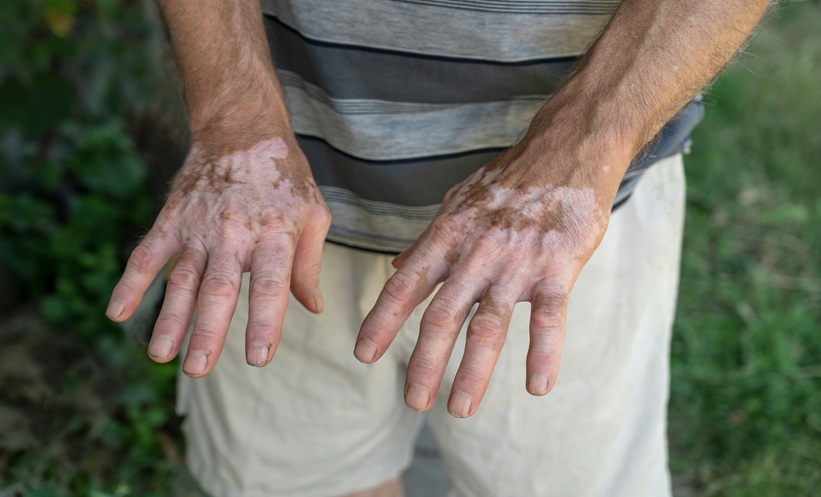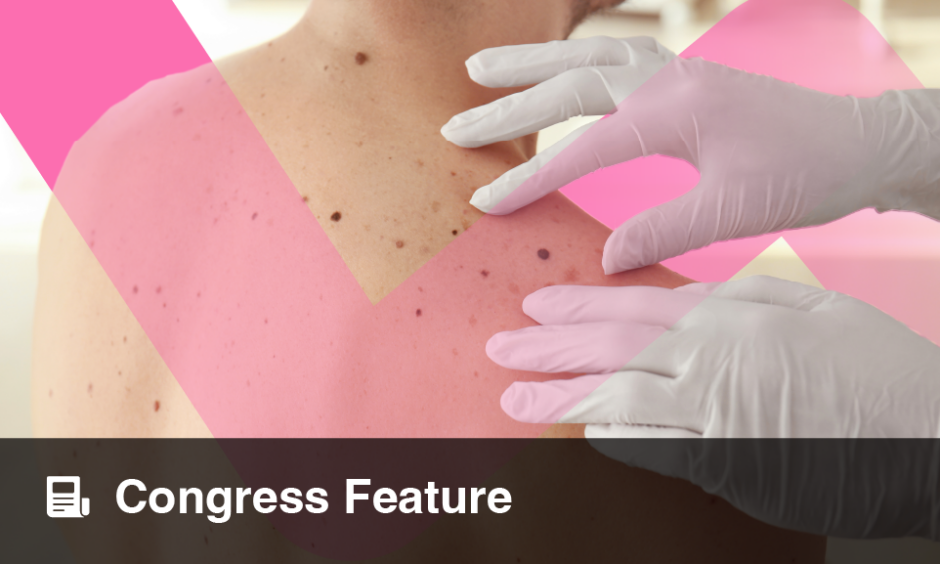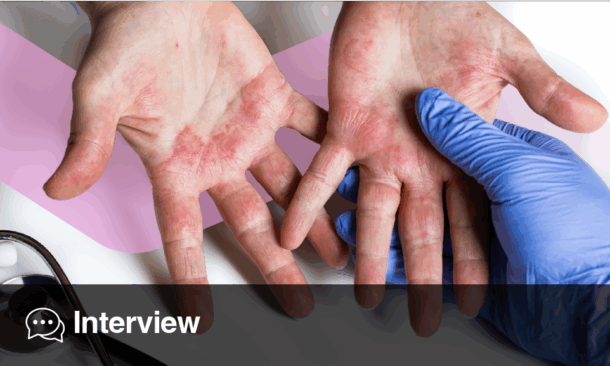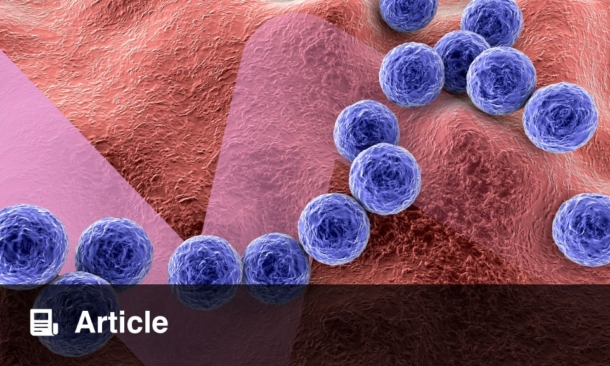Janus kinase inhibitors (JAKis) are emerging as promising agents for improving skin repigmentation in people with vitiligo, according to a new systematic review and meta-analysis evaluating their efficacy and safety. Vitiligo affects 1–2% of the global population and often results in reduced quality of life due to visible skin depigmentation and limited treatment options.
The study analyzed 35 articles, with 19 included in final statistical assessments. In a meta-analysis of three randomized controlled trials (RCTs), topical JAKi therapy, primarily ruxolitinib, was linked to greater likelihood of achieving at least 75% improvement in the Facial Vitiligo Area Scoring Index (F-VASI75) compared with vehicle cream (risk ratio 3.47; 95% CI 0.98–12.22). Importantly, the rate of adverse events was comparable across treatment and control groups (risk ratio 1.27; 95% CI 0.88–1.82).
Four single-arm trials showed a mean VASI improvement of 43.8% (95% CI 0.71–0.93). Case report data, including a novel cohort of 28 patients, further supported the potential of JAKis. Significant repigmentation gains of 48.7% with JAKi monotherapy and 63.7% when combined with narrowband UVB were observed (p = 0.0018; p < 0.001), though data were insufficient to determine if combination therapy was definitively superior. While topical JAKi therapy shows early potential with a favorable safety profile, the authors caution that oral JAKis, though more effective, carry risks including immune suppression and cardiovascular complications. Moreover, not all patients respond, highlighting the need for future trials to define long-term safety, optimal dosing, and combination strategies. Reference: Mohammed AA et al. Efficacy and Safety of JAK Inhibitors in the Management of Vitiligo: A Systematic Review and Meta-analysis. Dermatol Ther (Heidelb). 2025. doi: 10.1007/s13555-025-01397-z.








